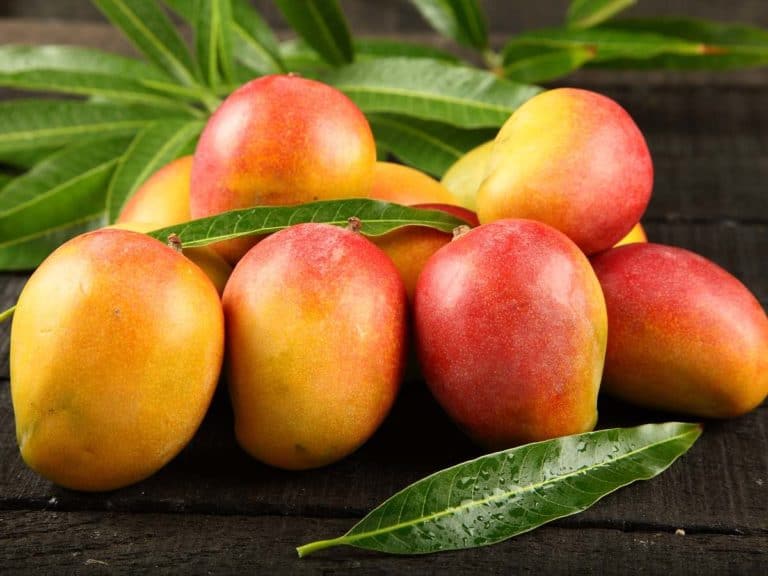Can You Put Plastic Containers Into the Oven?
With practice and experience, you will put anything in an oven, microwave oven, air fryer, or pressure cooker with confidence. But, whatever plastic you use, don’t put it in the oven.
Since most plastic containers being melting at 175 degrees Fahrenheit, it is not suggested to use them in the oven. Heated plastic leaks chemicals which will get into the food. Melted plastic is very hard to clean and in some cases, it can be a cause of the fire.
Plastic should never be used in the oven. Putting plastic in an oven not only makes a mess but also poses health hazards. Cleaning up the mess will take more time and effort than necessary.
Why You Can’t Put Plastic Containers In The Oven

Plastic is everywhere around us. The containers used to hold food and drink are filled with it. However, many people have questioned whether it is safe to expose our food (and ourselves) to so much plastic in recent years.
No matter how low you set your oven’s heat, there is no such thing as oven-safe plastic. Plastic should never be cooked in an oven.
The plastic begins to soften and emit fumes at extremely low temperatures. They melt and produce fumes at somewhat higher temperatures.
When plastic is exposed to heat, the leaching process can accelerate even further. This means that by microwaving leftovers in a plastic container, you may be ingesting even more potentially dangerous chemicals than you were before.
Long before it starts melting, heated plastic begins to leak chemicals and becomes nearly impossible to clean. It also has the potential to catch fire.
Certain chemicals in plastic, according to research, may seep from the plastic and end up in our food and drink. Health concerns such as metabolic abnormalities (including obesity) and impaired fertility have been related to several substances.
No matter how tough the plastic is (like Tupperware or Rubbermaid containers), or how throwaway (like the deli container your leftovers are in), or how thin the plastic is (like Saran wrap), it will never work in your oven.
At What Temperature Does Plastic Melt in an Oven?
In light of the extensive range of plastics available, the response is, “It depends.” Comparing polyvinyl chloride to more durable polymers, you’ll discover how much melting points differ by material.
Even at 175 degrees Fahrenheit, polyvinyl will begin to melt, whereas most durable polymers can endure temperatures much over that. On the other hand, most polymers will be dissolved at temperatures as high as 500 degrees Fahrenheit. Most plastics have a melting point in the range of 175-300 degrees Fahrenheit.
Because the fumes released when heating plastics are flammable, you don’t want them melting in your oven or elsewhere in your house. As a result, burning plastic might quickly result in ablaze.
What Plastics Can Enter The Oven?
If you’re going to use plastics to speed up the process of heating or reheating food, be sure the container is suited for the job. That statement is according to Oklahoma State University Cooperative Extension food safety specialist Barbara Brown.
According to Brown, you should only use plastic containers and bags if they are specifically labeled as suitable for traditional or microwave cooking. Since oven bags are composed of heat-resistant nylon, they can be used in either a microwave or an oven no hotter than 400 F.
More so, Diana Romano says glass and ceramic plates function nicely in the microwave. Romano is a registered dietitian and Oklahoma County OSU Cooperative Extension Family & Consumer Science Educator. She added that paper plates made of paper (not foam) and white, unprinted paper towels are also acceptable substitutes for wax paper and plastic wrap.
Sandwich bags, on the other hand, don’t work well for heating food in the microwave. So Romano recommends that before cooking food, take it out of the sandwich bag and put it on a microwave-safe plate or a paper plate.
Emptied soft butter tubs, cottage cheese cartons, and other single-use containers should never be microwaved. Traditional ovens require that food packing materials be removed before cooking to prevent fire or melting. This is especially important when using plastic containers.
The turkey’s giblets can sometimes get accidentally cooked inside its packaging, or meats can accidentally be prepared using an absorbent pad. If that’s the case, Romano said there’s still hope.
According to her, if the ingredients didn’t melt or crumble after cooking, there wasn’t an immediate health risk, and the food was still edible. “However, if the substance has been melted or changed in any way, throw away the food.”
Health Issues Of Heated Plastic On Your Food
When it comes to mealtimes, families constantly on the go look for quick, easy, and of course, nutritional options. However, if you’re in a rush to get dinner on the table, take extra care to use plastic containers, cutlery, and bags responsibly.
More and more people are concerned about potential health hazards associated with chemicals such as Bisphenol A (BPA) and phthalates. These chemicals seep into food that has been cooked and reheated in plastic containers, which has led to an increased focus on using plastics safely in the kitchen.
Many goods, including metal soup, can linings, and receipt paper, contain bisphenol A (BPA). On the other hand, Phthalates are found in a wide range of products, from PVC pipe to perfume.
While research on the potential health risks associated with these kinds of chemicals is still underway, there are measures to reduce your potential exposure. The statement is according to Gina Peek, an OSU Cooperative Extension housing and consumer specialist.
There are BPA-free plastics on the market. Containers made of plastic that are excessively scarred, pierced, or deformed can be thrown away as well.
Lesser Evil Plastics
CPET (Crystallized Polyethylene Terephthalate) is a special kind of plastic that’s been crystallized to improve its heat resistance. CPET is believed to be temperature-insensitive, withstanding temperatures of up to 400°F without melting.
That CPET is more heat-resistant than standard plastic. It does not imply that it is entirely safe for use in an oven.
Suppose the temperature in your oven rises beyond 400 degrees. In that case, the plastic may begin to melt and leak into your food, posing a health risk. Keep an eye on the temperature while using CPET ovenable containers to avoid going above the safe limit of 400 degrees Fahrenheit.
What CPET is:
- Recyclable
- No problems with microwaving or freezing it
- Dishwashers are entirely safe to use.
What CPET is not:
- Around the same price as a typical plastic bottle
- It can withstand any amount of heat ultimately, yet it’s also more durable than ordinary plastic.
Final Thoughts
It’s now apparent why it’s a bad idea to put plastic containers in the oven. Oven environments and the characteristics of the vast majority of plastics are incompatible. It’s not a good idea to mix the two. If anything, doing so would increase your health and safety risks.
It’s best to use an oven-safe alternative. Also, just because something is microwave-safe doesn’t mean it will also be oven-safe.
Oven and plastic are two completely different entities with completely different modes of operation. Be cautious not to hurt yourself or anyone else! Wishing you the best of luck! Thank you for taking the time to read this far.





